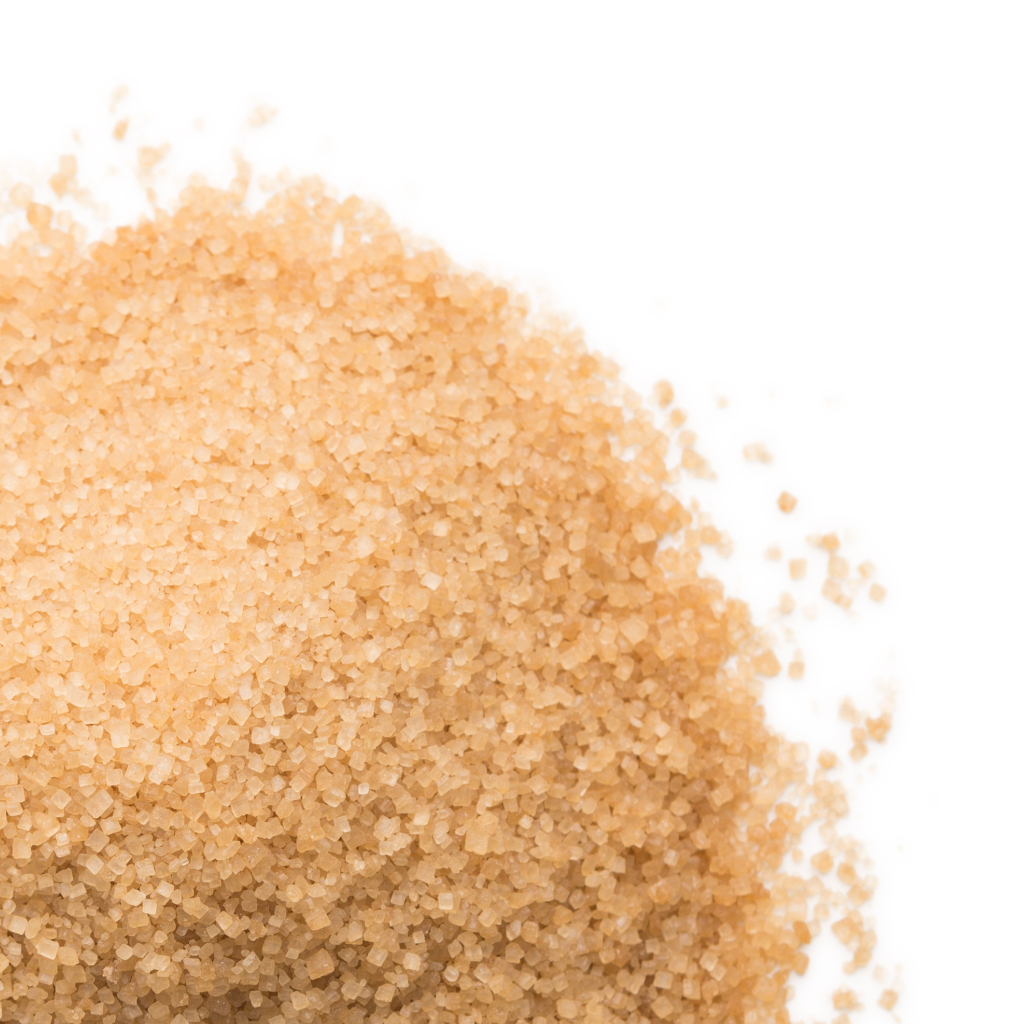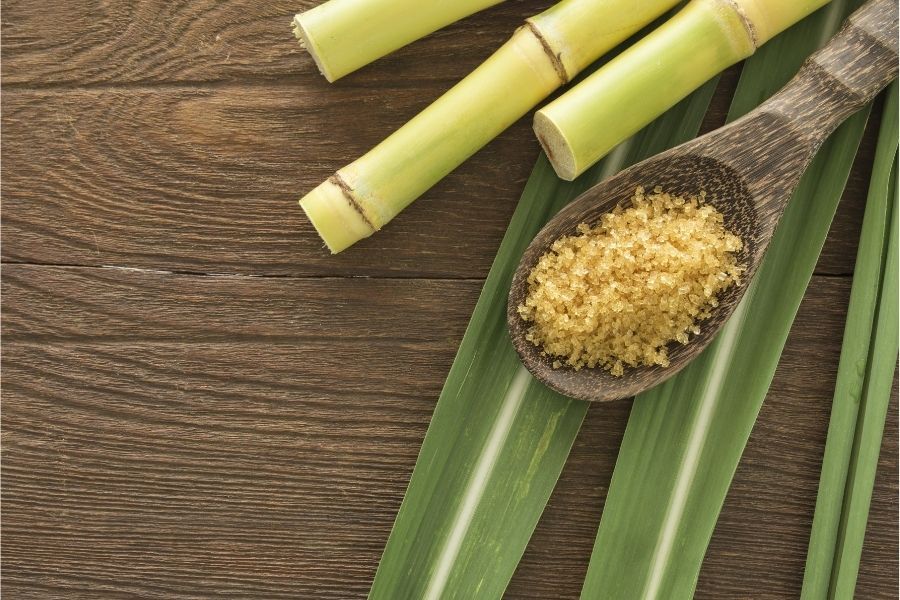Reliable Cane Sugar Processing: Maximizing Yield and Pureness
Reliable Cane Sugar Processing: Maximizing Yield and Pureness
Blog Article
Comprehending the Essential Methods and Technologies Used in Modern Cane Sugar Handling
The development of walking stick sugar processing has been dramatically formed by the assimilation of innovative strategies and modern technologies that resolve both performance and sustainability. As we check out these essential innovations, it comes to be crucial to examine how they not only enhance production but additionally straighten with wider market trends and customer demands, increasing questions concerning the future of sugar handling and its ramifications for global markets.
Historical Context of Cane Sugar Processing
The historic context of walking stick sugar handling reveals a rich tapestry of farming technology and social exchange that has formed its advancement over centuries. Coming From in Southeast Asia, sugarcane was cultivated as early as 8000 BCE - Cane Sugar Processing. The process of extracting and improving sugar obtained momentum in India, where methods for crystallization were developed around the 6th century. This knowledge went across to the Middle East, and by the 12th century, sugar came to be a valued asset in Europe, causing the establishment of sugar haciendas in the Mediterranean.

Advanced Extraction Methods
Efficiency in walking stick sugar extraction has seen considerable advancements, driven by the need for higher yields and lower manufacturing costs. This method not just raises sugar return yet also reduces the energy required for processing.
In addition, the adoption of membrane purification technologies, such as nanofiltration and turn around osmosis, has actually reinvented the splitting up of sugar from impurities. These methods permit for the discerning permeation of sugar molecules while retaining bigger impurities, streamlining the extraction process and lessening waste.
In addition, the combination of continuous extraction systems has brought about boosted operational effectiveness. Cane Sugar Processing. These systems keep a continuous flow of walking cane material, guaranteeing optimum removal problems and decreasing downtime connected with set handling
Innovative Refining Technologies
Refining techniques in walking cane sugar handling have actually undertaken a transformative change, driven by the demand for higher pureness and enhanced product quality. Among the most remarkable technologies is the adoption of membrane layer filtration modern technologies, such as ultrafiltration and nanofiltration. These processes properly eliminate contaminations and colorants without the requirement for extensive chemical therapies, consequently preserving the sugar's natural taste and enhancing its charm.
Another significant advancement is using ion exchange resins, which enable for discerning removal of unwanted ions from sugar options. This technology not only enhances the total pureness of the end product yet also contributes to lowered waste and environmental effect.
In addition, developments in adsorption methods, making use of activated carbon and other advanced products, have actually proven efficient in decolorizing sugar options while maintaining optimal high quality. The combination of these cutting-edge refining innovations ensures that producers can create polished sugar with premium clarity and taste, meeting the progressing preferences of consumers.
Automation and Control Solution
Current innovations in refining modern technologies have actually led the way for significant improvements in automation check out this site and control systems within walking stick sugar handling centers. These systems make use of innovative software and hardware to enhance operational effectiveness, minimize human mistake, and make certain consistent product quality.
Modern automation integrates various parts, including sensors, actuators, and programmable logic controllers (PLCs), making it possible for real-time monitoring and control of crucial processes. As an example, pressure, flow, and temperature level prices can be exactly controlled throughout extraction, explanation, and condensation stages, enhancing efficiency and decreasing waste.
Furthermore, progressed data analytics and equipment knowing formulas play a critical duty in anticipating maintenance, permitting drivers to prepare for devices failures prior to they take place. This aggressive strategy not just decreases downtime however likewise prolongs the life-span of machinery.
On top of that, automation promotes the implementation of Market 4.0 concepts, empowering sugar mills to attain better connectivity and data exchange across processes. Therefore, decision-making ends up being even more dexterous and informed, ultimately improving the overall competitiveness of cane sugar production. With these improvements, the sector is well-positioned to satisfy expanding worldwide needs while maintaining functional quality.
Sustainability Practices in Sugar Manufacturing
Sustainability techniques in sugar manufacturing have actually come to be progressively important as the sector looks for to balance economic stability with ecological duty. As consumer understanding expands concerning imp source the ecological influences of agricultural methods, sugar producers are embracing cutting-edge approaches to decrease their environmental impact.
One substantial approach is the implementation of precision agriculture methods, which make use of information analytics to optimize resource use, such as water and fertilizers. This minimizes waste and reduces the effect on neighborhood communities. Additionally, lots of manufacturers are transitioning to renewable resource sources, such as biomass from sugarcane results, to power their procedures, therefore decreasing reliance on fossil fuels.
Water management practices are also crucial; rainwater harvesting and efficient watering systems aid mitigate water scarcity concerns. Cane Sugar Processing. In addition, incorporated parasite monitoring strategies reduce chemical use, advertising biodiversity check my site and soil health
Corporate social duty initiatives are arising, with firms buying regional communities and ensuring reasonable labor methods. By welcoming these sustainability methods, the sugar industry not just improves its track record however also adds to a much more lasting agricultural landscape, leading the way for future generations.

Conclusion
In summary, contemporary walking cane sugar handling includes an array of sophisticated strategies and innovations that substantially boost effectiveness, return, and sustainability. Jointly, these advancements place the cane sugar industry to satisfy modern needs while dealing with essential global difficulties.
The evolution of cane sugar processing has been considerably shaped by the integration of sophisticated techniques and technologies that address both performance and sustainability.The historical context of cane sugar handling reveals an abundant tapestry of agricultural technology and cultural exchange that has formed its advancement over centuries. Technologies in milling and refining arised, laying the groundwork for contemporary cane sugar processing.Refining strategies in walking cane sugar processing have actually undergone a transformative change, driven by the demand for higher pureness and improved product top quality.In recap, modern walking stick sugar handling incorporates a range of sophisticated strategies and innovations that dramatically enhance performance, sustainability, and return.
Report this page